In the realm of fabrication and manufacturing, the choices between welding and soldering can significantly impact the strength, durability, and functionality of assembled components. This exploration aims to unravel the complexities of these two distinct joining techniques, shedding light on their differences, applications, and considerations.
1. The Fundamental Differences:
Welding and soldering, though both joining techniques, diverge fundamentally in their processes and applications. Welding involves the fusion of materials, typically metals, at high temperatures, resulting in a permanent and robust bond. Soldering, on the other hand, utilizes a lower temperature and a filler material (solder) with a lower melting point to create a more temporary joint.
2. Materials and Temperature Considerations:
Welding is primarily employed in applications where the joint needs to withstand high temperatures and heavy loads. It is commonly used in structural applications, automotive manufacturing, and aerospace, where the durability of the joint is crucial. Soldering, being a lower-temperature process, is suitable for electronics, jewelry, and other applications where delicate materials or components are involved.
3. Strength and Durability:
Welded joints are renowned for their strength and durability. The fusion of materials creates a seamless connection that can withstand substantial mechanical stresses. This makes welding the preferred choice in applications requiring robust and enduring joints. Soldered joints, while sufficient for certain applications, may not provide the same level of strength and durability as welded joints.
4. Permanent vs. Temporary Connections:
Welding establishes permanent connections between materials, making it ideal for applications where longevity is a key consideration. Soldering, on the other hand, creates more temporary connections suitable for situations where disassembly or modifications may be required. The choice between these techniques depends on the permanence required for the specific application.
5. Precision and Versatility:
Welding offers a high level of precision and versatility in joining materials of varying thicknesses and types. It is suitable for intricate designs and complex structures. Soldering, with its lower temperature, is more delicate and precise, making it applicable to electronic circuits, jewelry, and other intricate components.
6. Applications in Electronics:
Soldering finds a niche in the electronics industry, where the low-temperature process is essential for connecting delicate electronic components. The ability to create precise connections without damaging sensitive materials makes soldering a cornerstone in electronic assembly and repair.
7. Environmental Considerations:
Welding processes often involve the generation of significant heat and may produce fumes and sparks. This necessitates proper ventilation and safety precautions. In contrast, soldering typically generates less heat and is considered a more environmentally friendly option for certain applications.
Conclusion:
In the dynamic interplay of fabrication techniques, the distinctions between welding and soldering shape the landscape of diverse industries. This exploration has uncovered the fundamental differences, applications, and considerations associated with these two joining techniques. As technology advances and industries evolve, the nuanced understanding of welding and soldering becomes indispensable for engineers and manufacturers seeking to optimize the strength, durability, and precision of their assembled components.
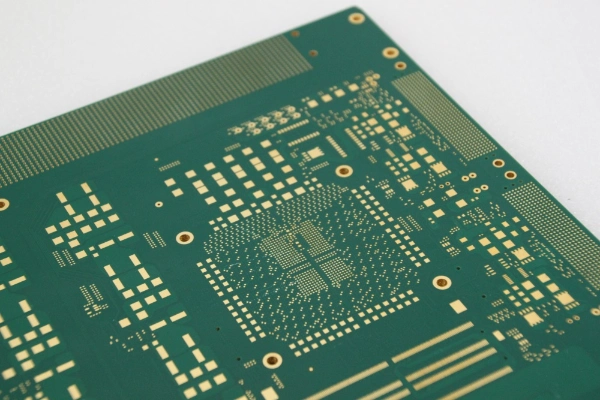


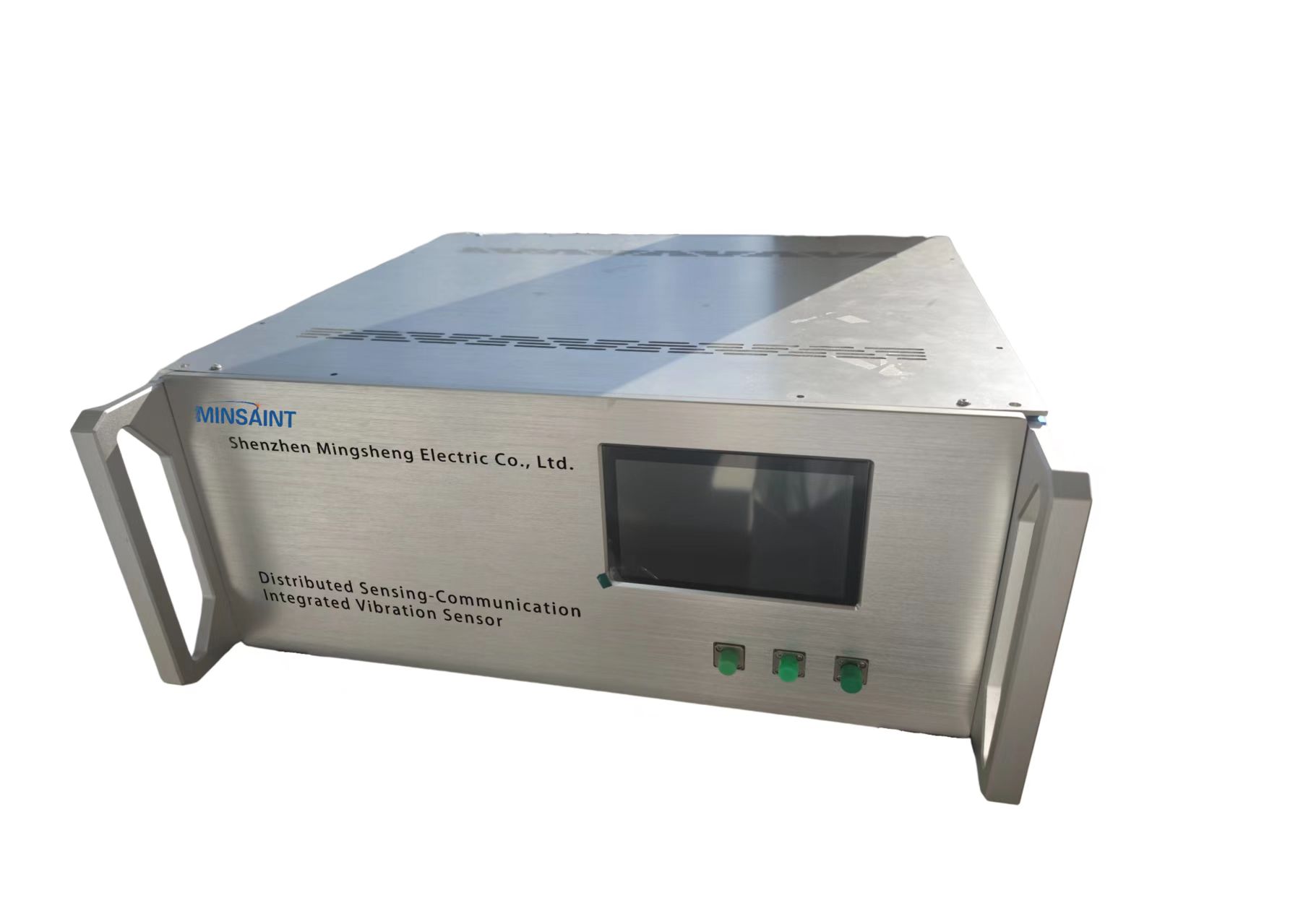
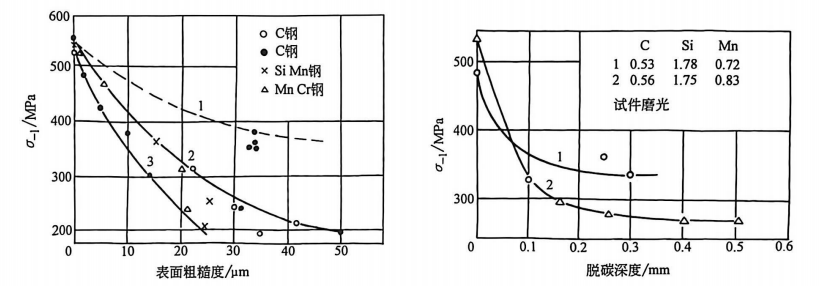

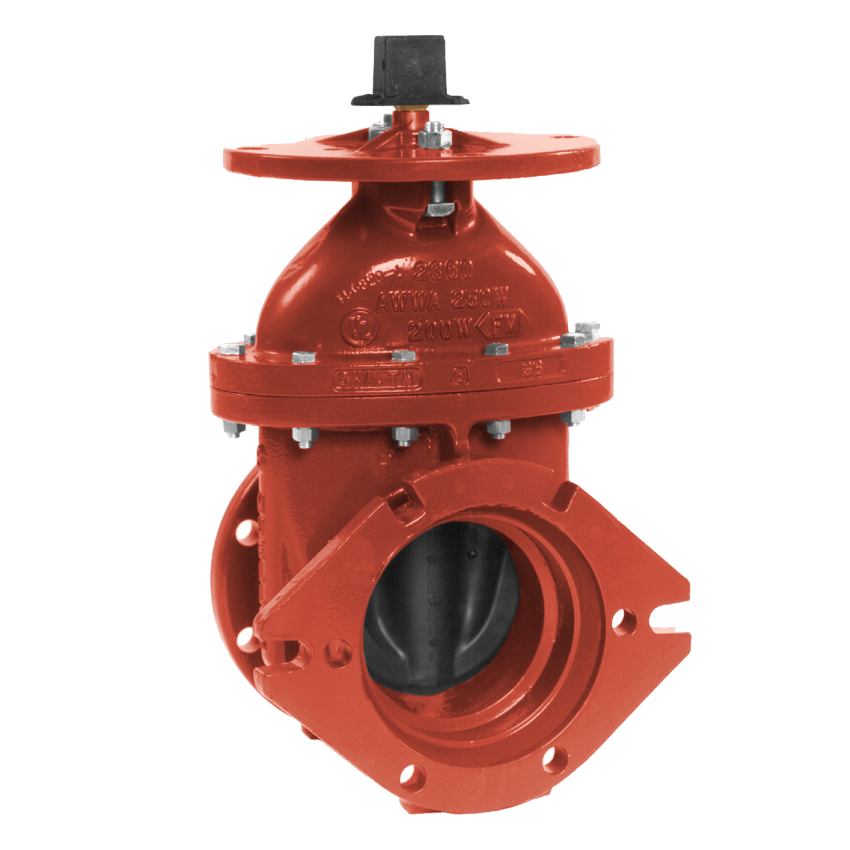
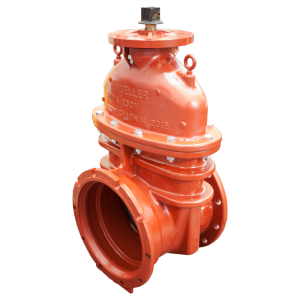


+ There are no comments
Add yours